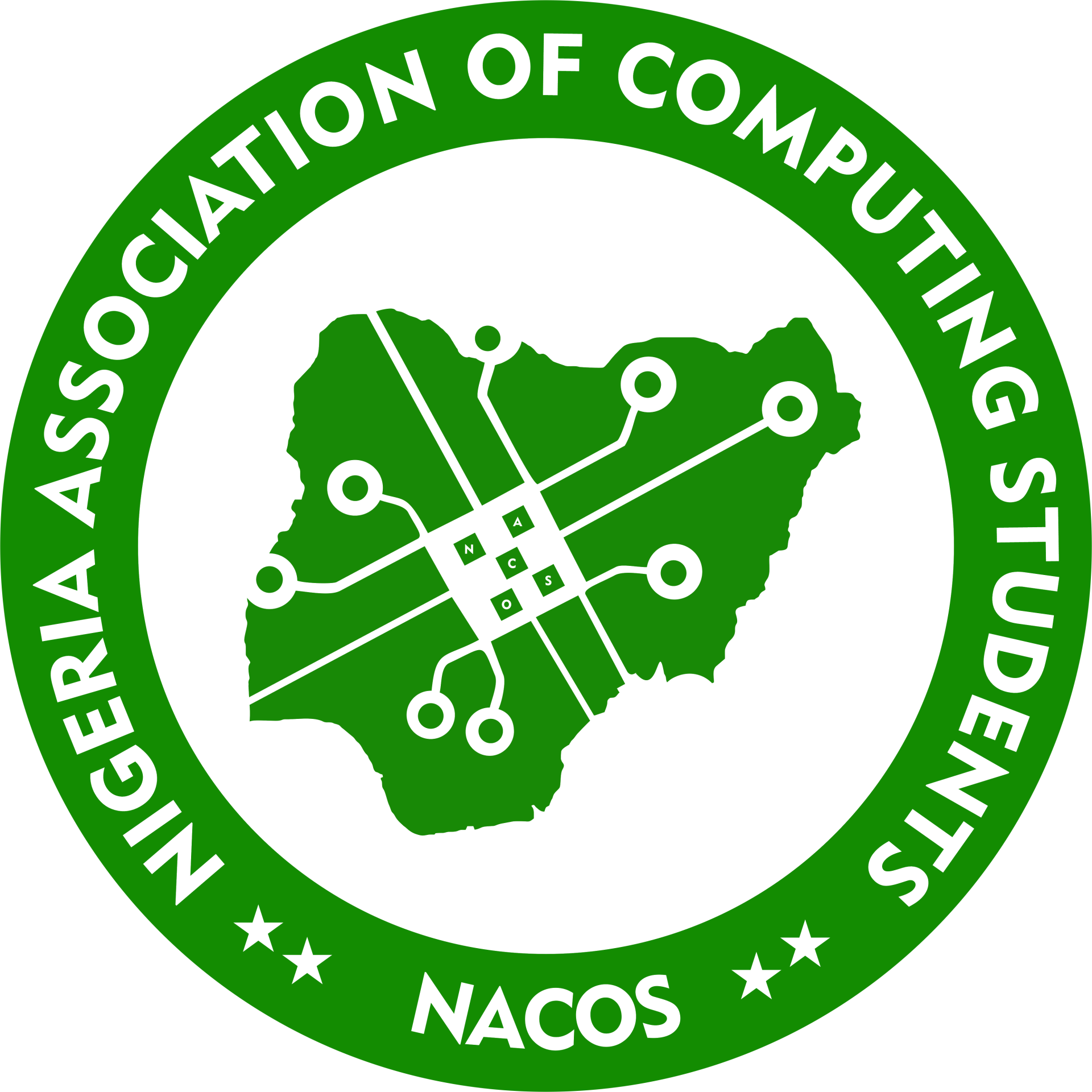Installed systems are generally not used for a long period of time without maintenance. Needless to say that programmers/analysts spend sufficient time maintaining programs.
The study of the maintenance requirements for information systems reveals that,
- 60 – 90% of the overall cost of software during the life of a system is spent on maintenance
- In document cases, the cost of maintenance, when measured on the basis of writing software in coding form is more than 50 times the cost of developing the system
- Often maintenance is not done very effectively
- Software demand is growing at a faster rate than supply.
There are 3 types of maintenance
- Corrective
- Adaptive
- Perfective
- Corrective maintenance
This means repairing, processing of performance failures or making alterations because of previously I’ll defined problems.
- Adaptive maintenance
This is the changing of program functions, it is enhancing the performance of modifying the programme according to users additional it changing needs.
- Perfective maintenance
Enhancements means adding, redeveloping the code to support
The keys to reduce the need for maintenance, while making it possible to carry on with essential tasks more efficiently are as follows
- More accurately defining the users requirements during system development.
- Preparation of system documentation in a better way.
- Using more efficient ways for designing processing logic and communicating it to the project team members
- Making better use of existing tools and techniques
- Managing the systems engineering process effectively.
An additional factor in the success of the maintenance programmer is the work environment, maintenance programmers have generally been paid less amounts and receive less recognition than other programmers.
Little attention had been paid to their training and career plans within the MIS function.
Maintenance demands more training and orientation than any other programming activities, especially for entry level programmers.
Implementation
This includes all the activities that takes place to convert from the old system to the new one. Successful implementation may not guarantee improvement in the organisations use of the new system, but improper installation will prevent it.
It has been observed that even the best systems cannot show good results if the analyst managing the implementation does not attend to every important detail.
This is an area where the system analyst needs to work with utmost care.
The three aspects of implementation are;
- Training personnel
- Vendor and in service training
- In house training
- Conversion procedures
- Parallel
- Phase In
- Pilot
- Direct
- Post implementation review

SHARE YOUR THOUGHTS